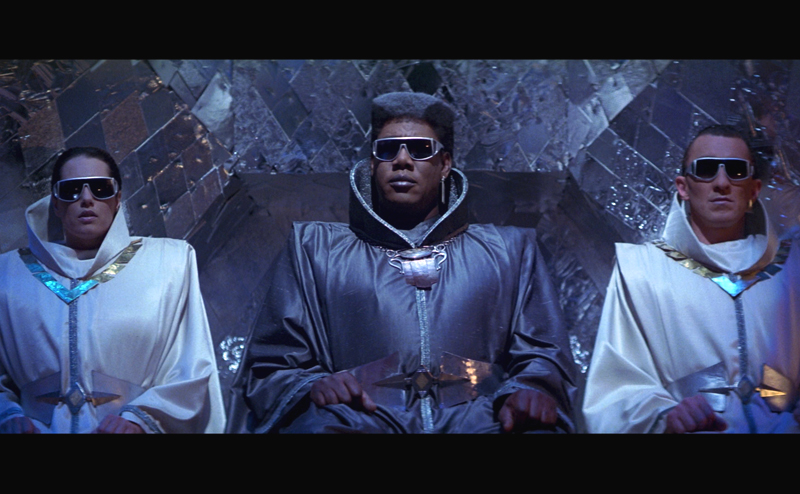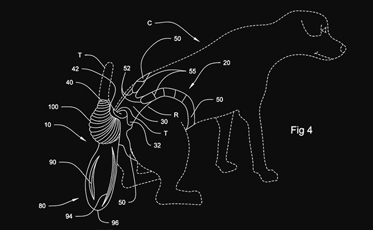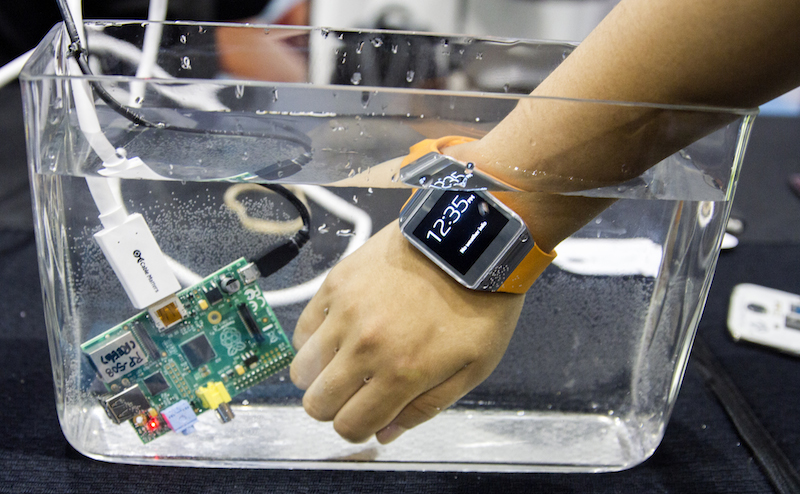Articles
Researchers from the Massachusetts Institute of Technology have found a way to bring silent video footage to audible life, using a very high-tech analogue to lip-reading. Instead of watching mouth movements, the scientists are detecting the minute vibrations that sound waves make when they strike an everyday object—anything from a house plant to a potato chip bag. “People didn’t realize that this information was there,” MIT researcher Abe Davis said in a statement. Davis and colleagues presented their findings in a paper for the 2014 Siggraph computer graphics conference. The researchers trained a high-speed camera on a potted plant that was placed near a speaker playing the song “Mary Had A Little Lamb.” The vibrations of the plant’s leaves caused by the song are extremely tiny—enough to nudge a leaf by just one one-hundredth of a pixel—making them invisible to the naked eye. But the researchers can use computer programs to filter through all the minute variations passing through the video and extract what is unmistakably the audio of that song. To kick the research up a notch, the scientists managed to catch traces of a human voice singing “Mary Had a Little Lamb” by filming a potato chip bag …
Read MoreThe first patent, granted on July 31, 1790, secured the rights for a thrilling new process for “the making of Pot ash and Pearl ash.” In the 224 years since, there’ve been millions of patents issued by the U.S. Patent and Trademark Office. And for every cotton gin and light bulb, there are a few more…interesting… patents issued. Like these… U.S. Patent No. 3,216,423: The Spinning Birthing Table In the 1960s, the centrifuge was still a rite of training passage for budding Apollo astronauts. Bronx residents George and Charlotte Blonsky thought another group of people might benefit from that technology: pregnant women. The plan: The expectant mom would be strapped firmly into a frame that would spin, generating a force (really centripetal force, since centrifugal force—the idea that there’s a force pushing outward on an object traveling in a circle around a point—is not actually real) that would ease a baby’s passage. The baby, rather than flinging off on a doomed trajectory, would be caught by a “pocket-shaped reception net.” Why, dare we ask, would such complicated midwifery be necessary? The Blonskys designed their contraption for “more civilized Women who often do not have the opportunity to develop the muscles needed” …
Read More
The premise in Luc Besson’s movie Lucy is the silly trope that 90% of human cerebral capacity goes unused. This is flat-out false. The human brain uses 20% of the body’s total energy but it represents only 2% of the body’s mass. Natural selection drives biological organisms to minimize waste; why would an animal build such a costly organ and let 90% of it go idle.
Read MoreWe delved into the physics and chemistry of comic book superheroes earlier this week, but there are some paneled pages where science doesn’t lurk beneath a cape. Here’s a roundup of some of our favorite science-themed comics on the web and in print.
Read MoreAt New York City’s Javits Center this week, people were waving their hands around in front of bulky glasses, throwing up what looked like dorky gang signs. No, it wasn’t a nerdy sequel to “The Warriors”; it was attendees of the Wearable Tech Expo playing an augmented reality version of “rock-paper-scissors-lizard-Spock,” a game once mentioned on the sitcom “The Big Bang Theory.” The glasses recognized your hand sign, and displayed an icon of your choice and a computer’s choice, with the result (for example, lizard eats paper, but paper “disproves” Spock”).
Read More
In movies, time travel methods are mostly explained along the lines of “something something plutonium something wormhole.” But physicists do have some idea of methods that might allow for actual time travel—though they might not necessarily prevent you from killing your own grandfather. One trope in time travel science fiction is slightly plausible, if physically impossible—traveling faster than the speed of light. The crew of the U.S.S. Enterprise did this in Star Trek IV: The Voyage Home, by using the sun’s gravitational pull to accelerate their spaceship to super-light speed. If it were possible to travel faster than light (Einstein calculated it would take an infinite amount of power), it is theoretically possible for signals to be sent back in time; it’s questionable if the same method could work with people. What about going forward in time by going really fast?
Read More













